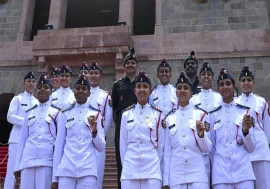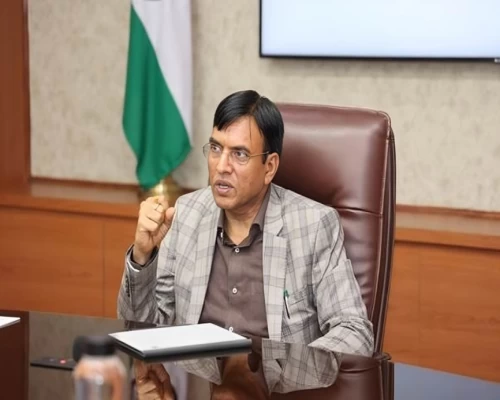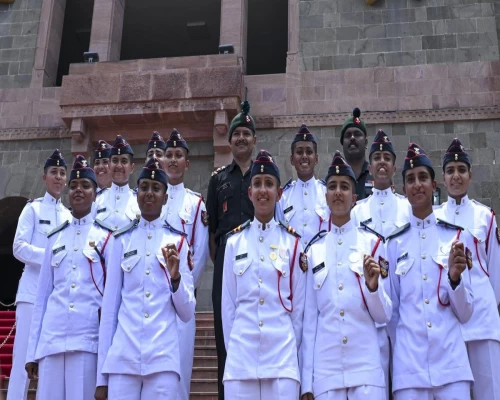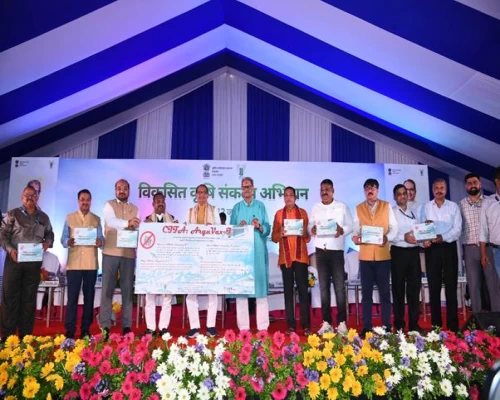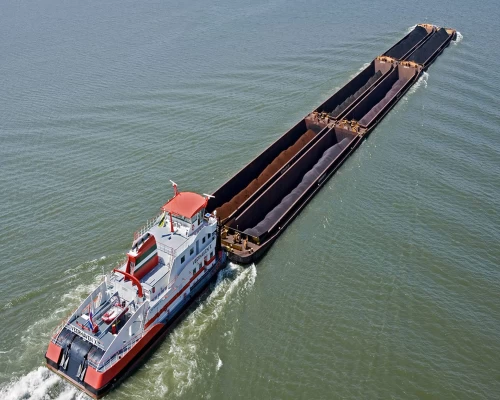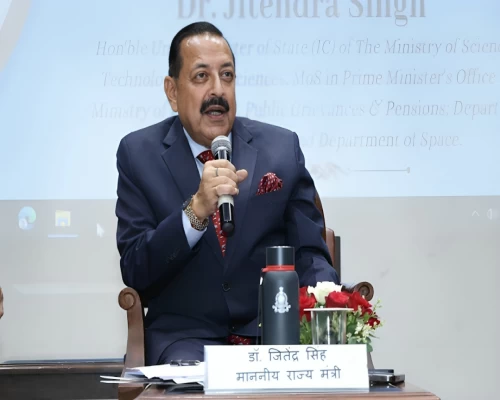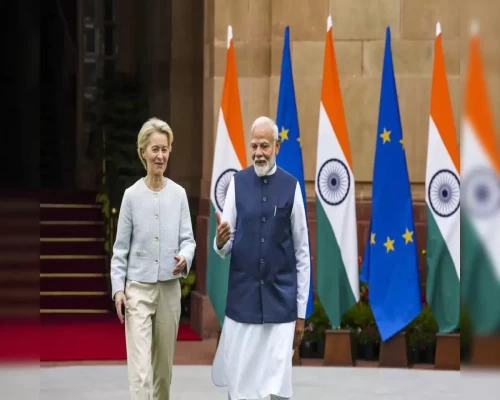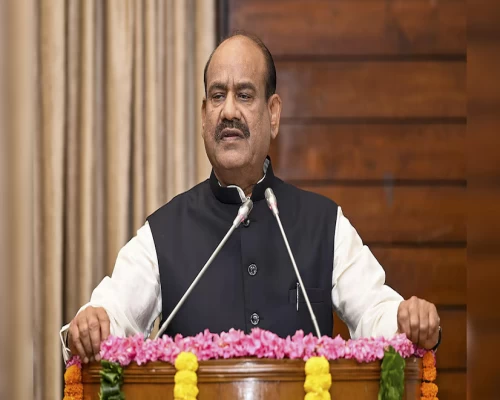
New Delhi: The Central Government announced on Monday the creation of five new districts in the Union Territory of Ladakh: Zanskar, Drass, Sham, Nubra, and Changthang. This move will increase Ladakh's total number of districts from two to seven, reshaping the administrative landscape of the region. Previously, Ladakh consisted of just two districts - Leh and Kargil - each governed by its own autonomous district council.
This decision marks a significant moment in Ladakh's development. Before the revocation of Jammu and Kashmir's special status in 2019, Ladakh was part of the former state of Jammu and Kashmir. The BJP-led government’s decision to revoke Article 370 led to the creation of two Union Territories: Jammu and Kashmir, and Ladakh. The creation of new districts is seen as part of the government's ongoing efforts to enhance governance and development in the region.
Union Home Minister Amit Shah announced the decision, stating, “In pursuit of PM Shri @narendramodi Ji’s vision to build a developed and prosperous Ladakh, the Ministry of Home Affairs (MHA) has decided to create five new districts in the Union Territory. The new districts, namely Zanskar, Drass, Sham, Nubra, and Changthang, will take the benefits meant for the people to their doorsteps by bolstering governance in every nook and cranny.” He further reiterated, “The Modi government is committed to creating abundant opportunities for the people of Ladakh.”
According to the official website of the Ladakh administration, the existing districts of Leh and Kargil were previously divided into six and four sub-divisions, respectively. The formation of new districts aims to ensure that administrative benefits and services are more efficiently delivered to the people across all regions of Ladakh.
In parallel, the Union Territory of Jammu and Kashmir is gearing up for its first elections since the abrogation of Article 370. The elections, set to take place in three phases on September 18, 25, and October 1, with vote counting on October 4, are the first since 2014. The last coalition government in Jammu and Kashmir, led by the People’s Democratic Party (PDP) in alliance with the Bharatiya Janata Party (BJP), collapsed in June 2018 when the BJP withdrew its support from then-Chief Minister Mehbooba Mufti.
The Supreme Court had directed the Centre to complete the election process by September 30, 2024, signaling a return to electoral politics in the region after a decade. This electoral process, along with the administrative restructuring in Ladakh, is part of a broader push by the central government to strengthen governance and development across the Union Territories of Jammu and Kashmir and Ladakh.
The creation of new districts in Ladakh is a significant step towards realising the vision of development and prosperity for the region, ensuring that administrative benefits reach every corner. /BI/



